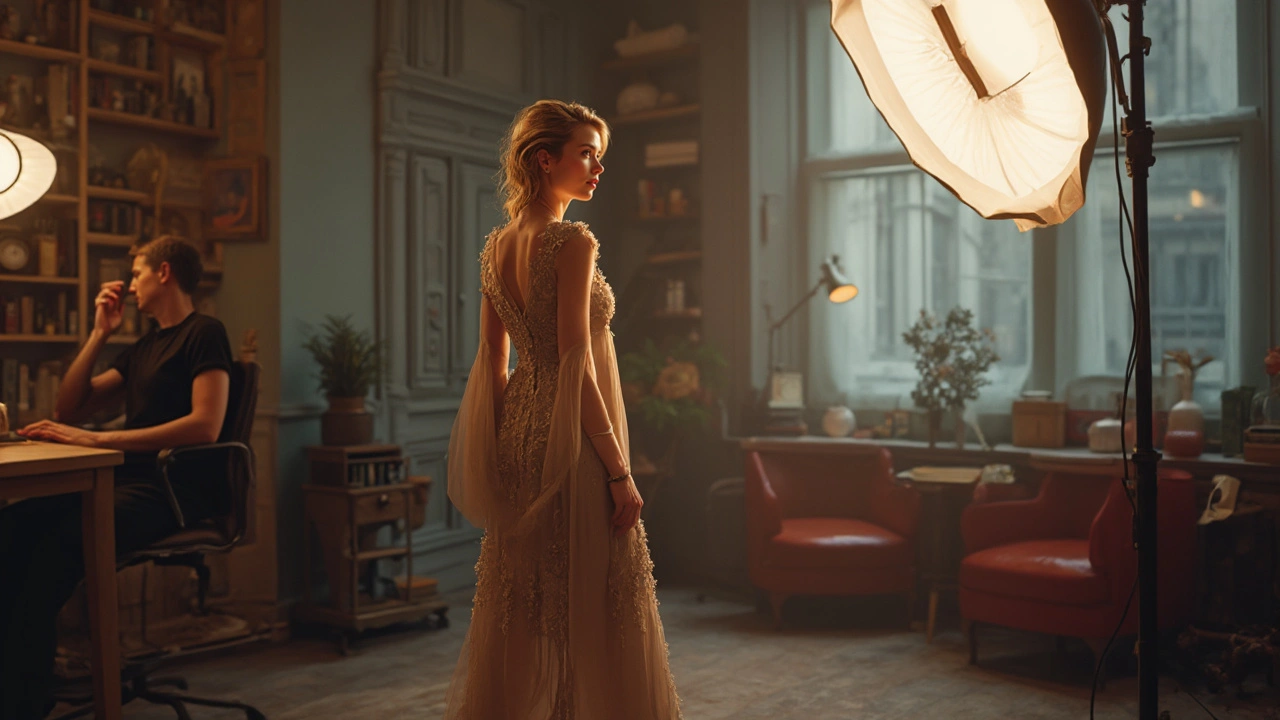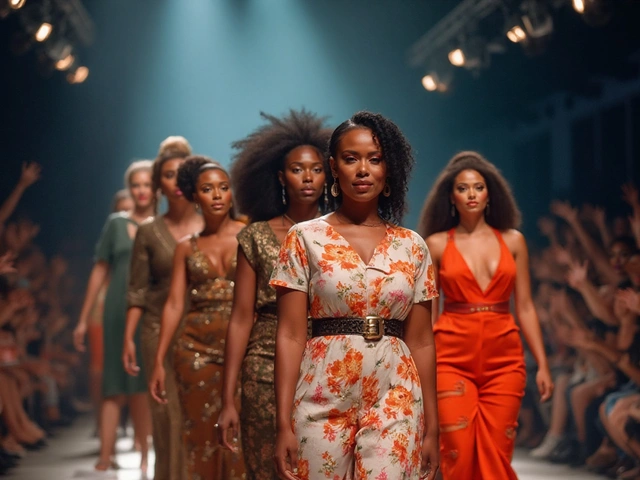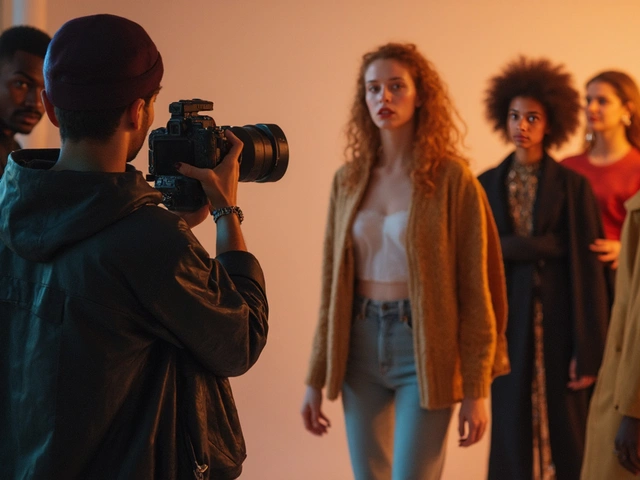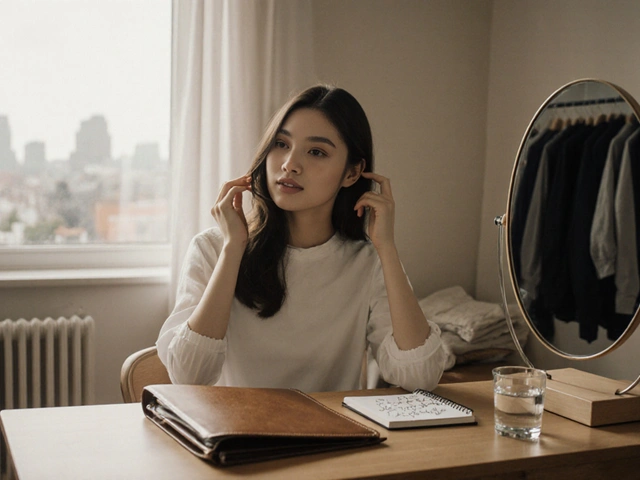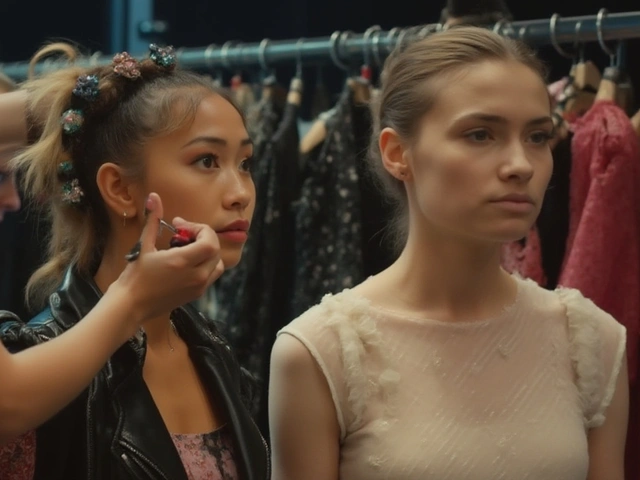Thinking of breaking into the modeling biz? Your portfolio is basically your career passport—it tells agencies and clients who you are and what you can do. But how do you create one that stands out? It's not just about slapping together a few photos. You need strategy.
Start by zeroing in on your niche. Are you diving into commercial work, fashion, or something more unique like fitness or plus-size modeling? Each area has its own flair, and your portfolio should reflect the type of work you want. It's all about honing in on your strengths and showing what you can bring to the table. Think of it like crafting a compelling story wrapped in visuals.
Then, there's the team. Don't just snag anyone with a camera. Work with photographers and makeup artists who get your vision. Their expertise can elevate your images from meh to mesmerizing. And hey, don't be shy to ask around for recommendations or to peek at portfolios of professionals you're considering. You're building a brand, after all—your brand.
- Key Features of a Model Portfolio
- Choosing the Right Team
- Essential Portfolio Shots
- Presenting Your Portfolio
Key Features of a Model Portfolio
Alright, so you're ready to get serious about breaking into the modeling world, and your model portfolio is your showreel. Think of it like your greatest hits album that highlights your versatility and unique style. It's what agencies and clients will flip through to decide if you're the face they need.
Variety is Key
This is not the time to stick to just one look. Your portfolio should showcase a range of styles and looks. Include a mix of headshots, full-length photos, and a few interesting angles. Go from a natural, no-makeup look to a high-fashion, dramatic presentation. Show them you can do both and everything in between.
Quality Over Quantity
Don't just pile in photos to fill up your portfolio. Quality matters a lot more than quantity here. A solid portfolio can be impressive with around 10-20 high-quality images. Highlight your strengths with precision and leave them craving more.
Include Essential Shots
Your portfolio should have specific shots that are pretty much industry standards:
- Headshot: A clear, simple shot focusing on your face, with natural lighting.
- Full-body Shot: A clean outfit that shows your body shape but not too tight.
- Editorial/Fashion Shot: Some creative makeup or outfits to showcase versatility.
- Lifestyle/Commercial Shots: A few shots that portray a character or tell a story; imagine you're in a lifestyle magazine spread.
Information Table
| Shot Type | Standard Elements | Purpose |
|---|---|---|
| Headshot | Natural light, face-focused | Shows facial features |
| Full-body Shot | Neutral outfit, full frame | Displays body type |
| Editorial/Fashion | Creative and stylish | Demonstrates range |
| Lifestyle/Commercial | Character role, props | Storytelling ability |
Keep It Updated
Your portfolio isn't a one-and-done effort—keep it fresh! As you gather more experience and uncover new styles, swap out older shots with those that align better with your current style and ambitions. An updated portfolio tells agencies you're actively working and improving.
With these elements nailed down, your model portfolio becomes a dynamic tool that communicates who you are as a model and opens doors to exciting opportunities.
Choosing the Right Team
Building a stellar portfolio hinges on the people you collaborate with. It's a team effort, and getting the right crew on board is crucial for those aiming to make a mark in modeling jobs. Let's talk about the types of folks you'll want on your side.
Picking the Photographer
Photographers are a biggie. They bring your vision to life and capture who you are in a set of images. How do you choose the right one? Start by checking out their previous work. Does their style match what you're aiming for? Look for someone with experience in the niche you're targeting, be it fashion, commercial, or something else. Don't hesitate to ask for portfolio samples or even a trial shoot.
Makeup and Hairstyling
Great moments in front of the camera often boil down to solid makeup and hairstyle. These guys are like magicians for your face and hair. When selecting them, look for those with a strong portfolio in fashion industry photoshoots. A good tip? Ask other models or your photographer for recommendations.
Stylist Savvy
If you can, work with a stylist. They'll help make sure your wardrobe matches the overall vibe you're going for. Some stylists are wizards at thrift finds, while others might have connections with designers.
The Importance of Communication
Key to any great team is communication. Make sure everyone knows the theme, objectives, and any particular shots you're gunning for. Set up a group chat or email so everyone's on the same page from the get-go.
| Role | What to Look For |
|---|---|
| Photographer | Niche experience, portfolio samples |
| Makeup Artist | Experience with models, recommendations |
| Stylist | Creative vision, wardrobe capabilities |
Securing a top-notch team isn't just about credentials—it's about vibe too. Make sure you gel well with them. After all, a comfortable atmosphere often leads to the best results. With a solid team, your model portfolio will shine, setting you up for success in the fashion industry.
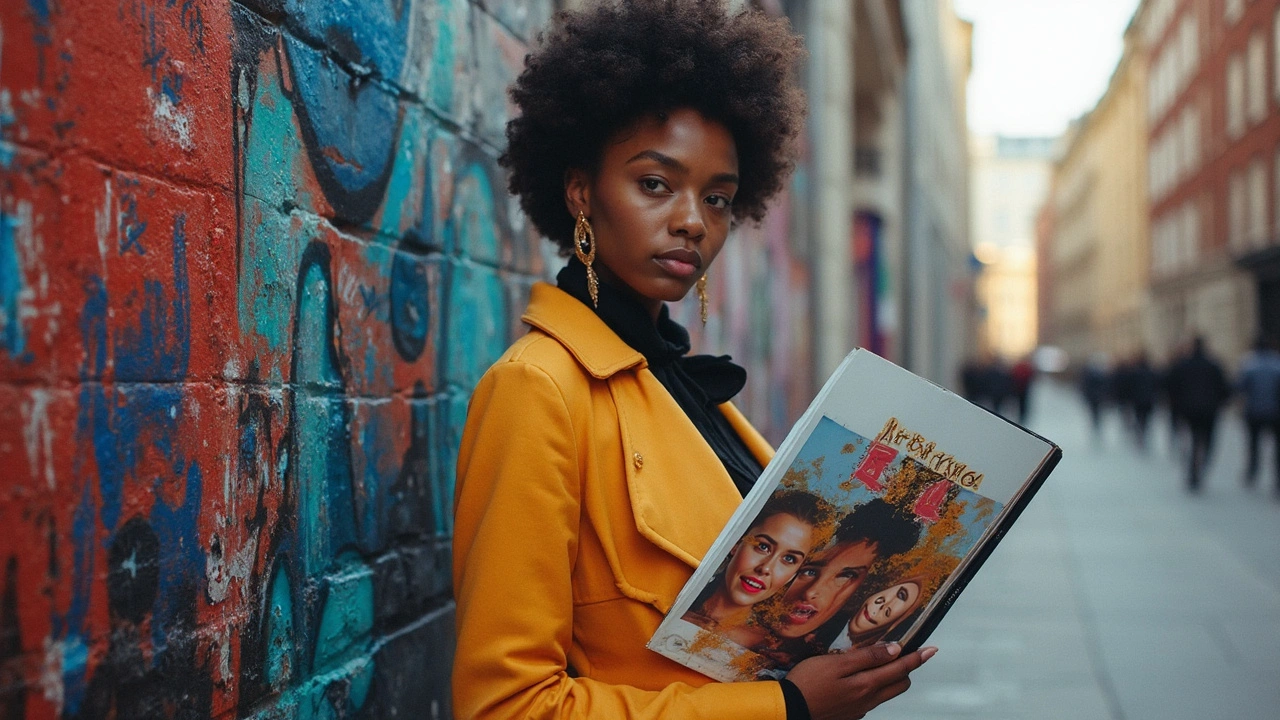
Essential Portfolio Shots
Okay, you've picked your modeling niche and got your dream team ready. Now comes the fun part: the essential shots for your model portfolio. These are the cornerstone of showing off your potential and flexibility in the industry.
Headshots
Your headshot is pretty much your calling card. This image should reflect your natural look but may feature some makeup to highlight your best features. Agencies often look for a natural, approachable vibe here. Think of a slight smile or a relaxed expression—it’s about authenticity.
"A strong headshot opens the door. It’s your first impression," says industry vet Jane Duncan, a respected model scout from London.
Full-Length Shots
Full-length images are super crucial, especially if you’re aiming for the fashion or modeling jobs requiring runway work. These shots show off your body proportions, posture, and the way you carry yourself. You might want to have one in casual clothes and another one in something more elegant or professional.
Editorial Shots
Time to get a little artsy. Editorial shots let you flex those creative muscles—showcase mood, storytelling, and your ability to work the camera. These are typically styled, with more dramatic angles and lighting.
Lifestyle Shots
Lifestyle shots represent a more candid, relatable feel. It’s like catching you during a regular day—laughing with friends, sipping coffee at a café, or strolling through a park. They let agencies see a different, more relaxed side of you.
Swimwear or Fitness Shots
If you’re venturing into swimwear or fitness modeling, these shots highlight your physique and fitness level. Ensure they remain tasteful and align fully with the type of work you’re targeting.
Having a mix of these model portfolio shots ensures you appeal to a wide range of clients and agencies. Remember, variety is key, but stay true to the kind of gigs you want to land. And before you even step in front of the camera, work with your photographer to plan the vibe and style you’re gunning for.
Presenting Your Portfolio
Your model portfolio is done. Great! But how you present it can make or break your first impression. Let's keep it straightforward with a few must-know tips.
Pick the Right Format
Digital portfolios are all the rage, but there's still a place for the classic print version. Digital versions should be easily accessible, like a PDF or a dedicated portfolio website. A print portfolio works wonders for face-to-face meetings, as it lets agents and clients physically flip through your best work. Always keep both handy!
Stay Up-to-Date
Trends change, so avoid using photos that are too old. If you've drastically changed your look, update your images promptly. No one likes surprises! Regularly review your model portfolio every 6 months or so, swapping in new images to keep things fresh.
Tailor It for Each Shoot
If you're applying for a job in commercial modeling, show off those smiley, relatable images. High-fashion gig? Focus on your more artistic shots. Adjust your portfolio to the job you’re shooting for, showcasing relevant images that highlight your skills in that specific area.
Nail the Order
Start with a killer headshot—it’s your opening act. Follow it with a mix of full-body shots, varying poses, and expressions. Remember to end on a strong note, too. This order leaves a polished, professional impression.
Make It Easy to Access
Got it on a website? Ensure it loads fast and is easy to navigate. No one wants to dig for your killer shots. Add captions or tags with each image, including basic details like the photographer and styling team. This helps clients see the breadth of your experience.
Presenting your model portfolio might seem like the last step, but it's as crucial as the photos themselves. It's about putting your best foot forward—literally and figuratively!
